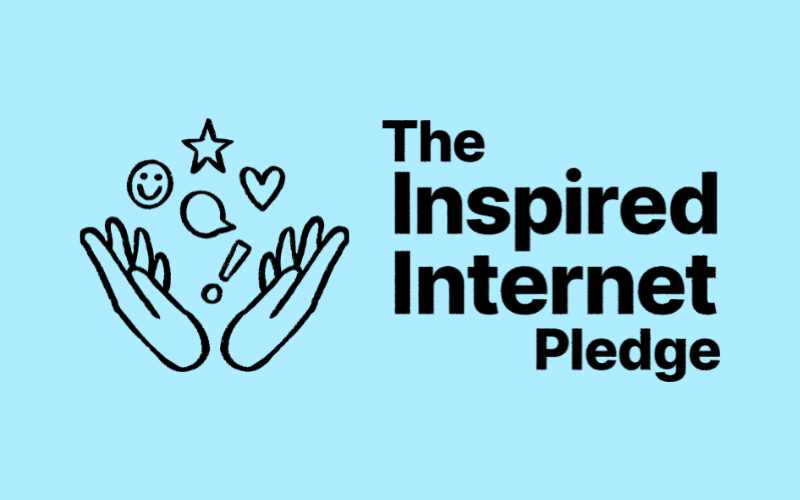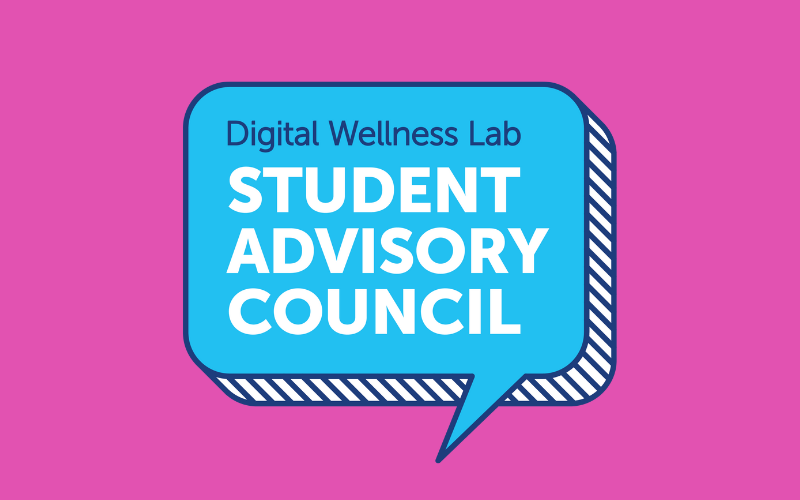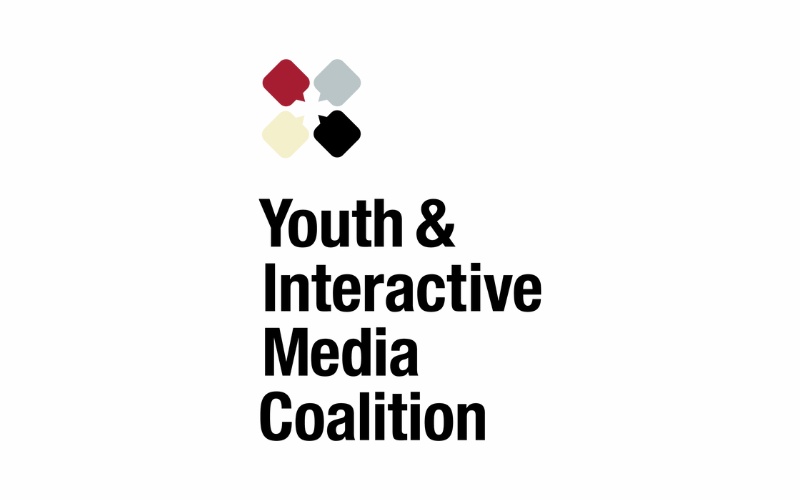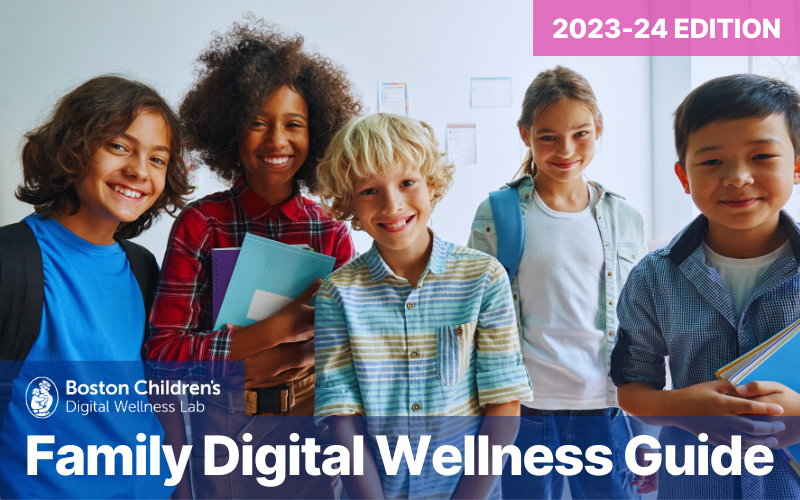Antonia Holder
DigiRoo Inventor & Award-Winning Innovator
Founder, Kids Digital Wellness
What’s your organization’s mission and your personal area of focus?
Kids Digital Wellness is an online resource that helps parents and caregivers understand the impact of technology on kids’ everyday lives. My invention, the DigiRoo Kids Case, is one of the tools we offer to help preserve kids’ spine health while kids are on iPads.
The digital universe can seem quite daunting, especially when kids and parents are just starting out. One way we aim to simply all the ways technology impact kid’s lives is by categorizing the information into 6 pillars:
Preserving Spine Health: Discovering the impact that tech has on our kid’s physical development is relatively new. We must be aware of the positive and negative effects of posture while using technology to preserve kids’ spine health now and in the future.
Digital Diversity: We explore the many forms of technology and help parents understand the ones that are best suited for the different stages of child development.
Content & Screen Time: Truth is, our kids’ futures are going to be digital. They’ll find jobs, relationships, activities, habits and education in the digital space. The good news is that we can protect them and encourage healthy habits — that means knowing what our kids watch and how often.
Social & Emotional Safeguards: Our children’s digital wellness incorporates not only the amount of time our kids are spending using technology, but also the social, emotional, and physical impact. Understanding that social media and other digital platforms have the power to influence our kid’s formed identities and how we can encourage safe integration — so they can thrive both offline and online.
Rest & Restoration: Problematic Use and Internet Addiction is real! Setting limits and incorporating digital detoxes are necessary to encourage healthy relationships with technology and build happy futures around tech.
Shame-Free Zone: Like it or not, there’s no going back to a tech-free world. Finger-tip access to technology is not going anywhere and Kids Digital Wellness is advocating for the safe integration of it into our kids’ lives. There is no room for judgment here! Come with an open mind and a willingness to learn and uplift.
What led you to this work?
During the Pandemic, when my daughter was about 4 years old, I began to notice how low she hung her head to interact with her tablet and watch videos. The bad posture really started to bother me and I felt compelled to learn more about the potential negative effects. In order to prevent the poor posture I started shouting out, “lift your head up” or “sit up straight”. I even positioned her hands extended up and outward while she was on her device, but that was a lost cause. Ultimately, she needed a case that would not require her to look down in such an unnatural way.
On August 17, 2020 at 4 o’clock in the morning, the first iteration of DigiRoo was visualized and I got out of my bed to sketch it out. Later that day I realized it was the anniversary of my mother’s death and from that moment on, I knew that not just my kids needed this, but the world did too. Out of that very moment, Kids Digital Wellness was born and I’ve been actively pursuing this dream ever since.
What have you learned in the course of doing this work about young people’s wellness while engaging with tech and interactive media?
From very early on in my focused research it was evident that the world had not yet fully adopted a holistic approach to “wellness” and the impact of technology. Those two ideas were identified as two separate ideologies in life.
Industry experts had just begun researching the impact of screen time on our kid’s social and emotional responses and the Pandemic catapulted the research. From the onset, my desire was to redefine “wellness” to incorporate the fact that technology impacted every dimension of our kid’s lives. It could no longer be studied in isolation.
“We, the parents and caregivers are the gatekeepers…must become technologically literate in all the dimensions of wellness, so that we can raise mentally healthy children.”
Well-being has several mutually codependent dimensions like, social, emotional, physical, spiritual, etc. How and what our kids consume in the digital ecosystem will influence every part of these dimensions. Therefore, achieving optimal youth mental health is a complex process that should be measured over a period of time and not in any one day or any isolated action.
The CDC does not recommend exposure to screens before the age of 2 and does not recommend having a smartphone until the age of 14. We, the parents and caregivers are the gatekeepers. We must become technologically literate in all the dimensions of wellness, so that we can raise mentally healthy children.
What guidance or advice do you have for parents and other caregivers to help kids to build and maintain their wellness when engaging with digital media and technology?
Learn and do what’s appropriate for your child’s developmental stage: I would argue that the most important and most foundational piece of advice is to first, really learn the developmental nuisances of your child’s stage of life. Then, we must understand the best practices for digital media usage for their age. Once we can understand both of those aspects, we can provide appropriate guidance and support in their digital media usage, tailoring advice and rules to match the child’s cognitive, emotional, and physical development, which ensures that digital engagement is both positive and enriching.
Watch out for “Tech Neck”: This is the common term used for the stiffness and muscle strain of the neck and upper back. This is caused by the repetitive poor viewing posture of smart devices. Did you know that texting or scrolling positions can exert around 40 pounds of pressure on the neck? Chiropractors are already seeing an alarming deterioration in kids’ spine health, as young as 10. This is exactly what led me to inventing the DigiRoo, which raises the device to the eye- level of the child, supporting positive posture.
Teach your kids about online safety and protecting personal data from when they are young: Kids need to understand that their digital footprint is permanent and how media platforms are capturing their data through app settings plus third-party tracking methods so they can retarget them with advertising. Encourage media literacy and critical thinking by teaching kids to question the content they see online. Discuss how to identify credible sources and recognize bias, misinformation, and advertising. As kids begin to use Social Media freely, it will be imperative for them to understand how algorithms work and how they influence the content they see online.
Establish screen-free zones and tech-free times throughout the child’s regular schedules: Do not allow the screen to replace face-to-face connections with family or friends. We must continue to foster the opportunities for social connections in clubs, sports and playdates.
Cultivate open communication about online activities from as young as possible: Kids need to feel comfortable and safe to talk to you about it without fear of immediate punishment or judgment.
Ultimately, we want to do all these things so that our kids can self identify when they are off track…recognizing that they’ve spent a lot of time gaming or scrolling or video streaming…recognizing the tension that starts to tighten the back of their neck….recognizing when the content has taken a turn in the wrong direction and choses to do something out it.
How would you change or design technology and/or media to be healthier for kids across the developmental span?
This is a difficult and complex question to answer. I think most of the change needs to come from user habits versus the hardware or software design. Some of my initial thoughts, in no particular order:
- Remove all filter options from social media for children under 21
- Require parental sign-off for social media platforms for children under 18
- Offer Digital Media training to parents, caregivers and teachers just like we offer First Aid training to anyone who’s in a life-saving role.
- Teach a Digital Citizenship curriculum from 1st grade, onward in school.
- Require the big tech companies to establish some safety controls that will censor video content that is not age-appropriate — the younger the user, the stricter the censorship; adaptive learning.
- Certain apps should be ad-free, especially those geared toward younger children.
- YouTube Kids should be ad-free.
- Require big tech companies to disclose all “dark patterns” in the “learn more section” before a kid-friendly app is downloaded.
- Parents and caregivers can introduce a Family Media Plan tailored to their specific home and lifestyle, but most importantly, allowing the children to be involved with setting limits and boundaries.
Is there anything else you’d like to share?
I believe that living without technology is not realistic or necessary in today’s world. Simply doing away with the iPad is not the answer. Instead, we must strive to create a safe and intentional integration of technology into our children’s lives. We recognize the importance of minimizing physical, social, and emotional disruptions caused by excessive device use. We believe that the definition of “wellness” must incorporate the digital influence on our kid’s social, emotional, intellectual, physical and even spiritual beings. We are also committed to preserving family connections. By promoting digital wellness habits at home, we can create space for natural and authentic parent-child interactions, ensuring that technology enhances rather than replaces these valuable connections.
We know that no one person, organization, or company can successfully address the challenge alone, so it’s imperative that we collaborate to design and maintain a healthier digital experience for all young people and their families. Our Fellow Travelers blog series features colleagues from around the world who focus on digital wellness from a different perspective than the Digital Wellness Lab, enabling us to share expertise in key areas of digital wellness that we don’t explore as deeply.
Here at the Lab, we welcome different viewpoints and perspectives. However, the opinions and ideas expressed here do not necessarily represent the views, research, or recommendations of the Digital Wellness Lab, Boston Children’s Hospital, or affiliates.







